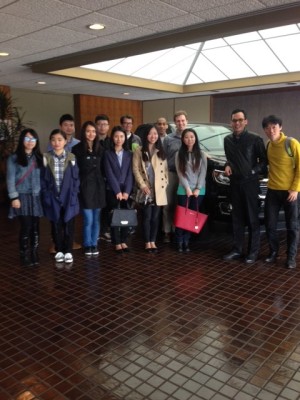Jorge Calvo, Professor of Operations Strategy at GLOBIS University Management School and former President & CEO of the Global Supply Chain Management Division of Roland DG Systems, recently sat down with the Director of The Boeing Center for Supply Chain Innovation, Panos Kouvelis, to talk about Industry 4.0 and its implications on the future of global manufacturing.
Industry 4.0 was a term coined to describe a program to support the local industry in Germany and France. It is considered to be the fourth major phase of the industrial revolution, characterized by its use of emerging technologies to enhance manufacturing techniques and supply chain processes.
In his experience, Calvo has found that there are two different approaches within the scope of Industry 4.0: the German approach, focusing on machine-to-machine production practices and supply chain management (i.e., the “smart factory” and the Internet of Things), and the Japanese approach, which focuses on cloud-based technology designed for process optimization through the use of artificial intelligence and machine learning.
For more supply chain digital content and cutting-edge research, check us out on the socials [@theboeingcenter] and download our app on iOS or Android for access to exclusive content and events!
• • •
A Boeing Center digital production
Supply Chain // Operational Excellence // Risk Management
Website • LinkedIn • Subscribe • Facebook • Instagram • Twitter • YouTube











